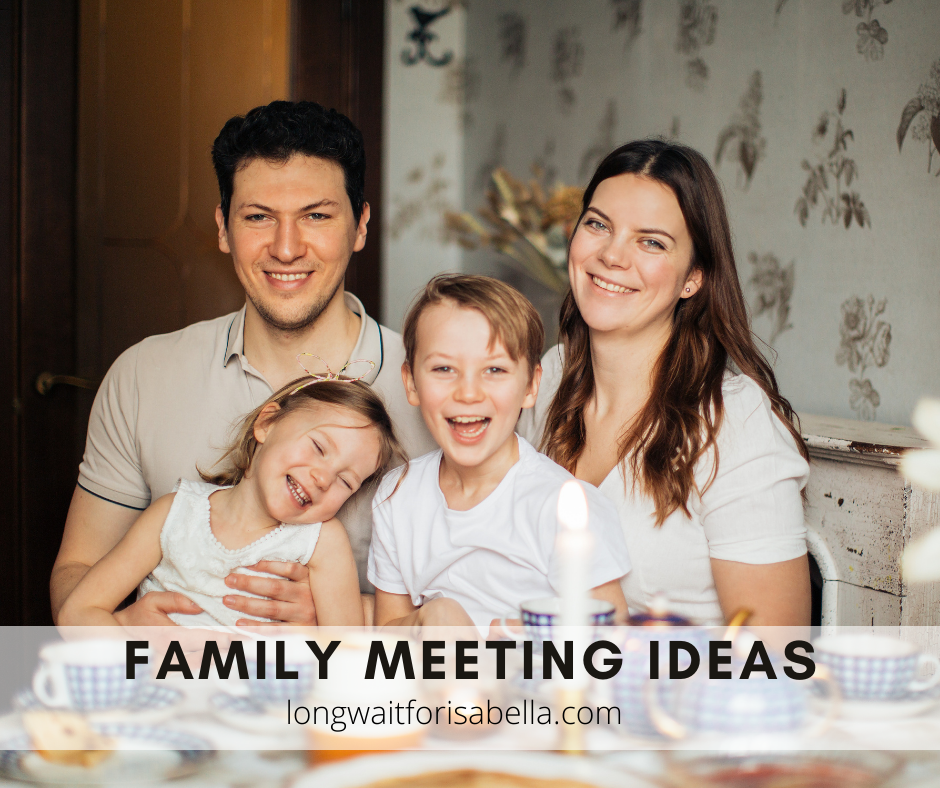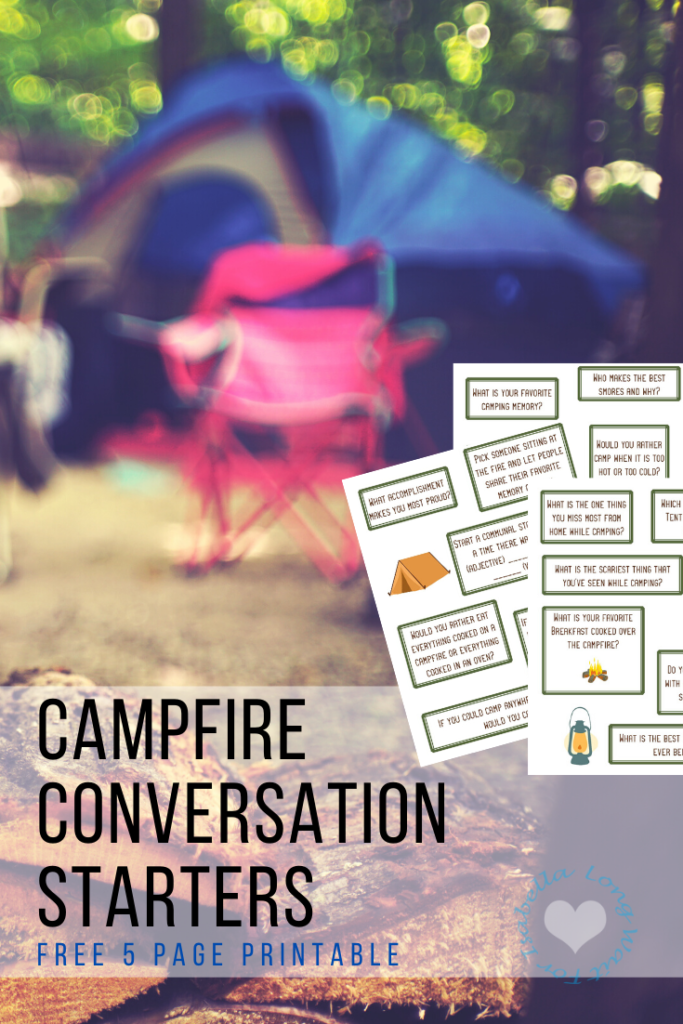
Children learn communication techniques from the people around them. The family meeting is a great place for kids to learn how to communicate in a good way.
Communication is one of the primary components of a healthy relationship for adults and kids. Children learn communication skills from their families, watching how they interact and problem-solve, and eventually mirroring the behavior that’s modeled for them by their parents, guardians, or family members.
Are conflicts handled quickly and effectively, without verbal or physical violence? Do people really listen to each other? Is the entire family involved in decision-making? Does each child feel respected and heard?
Family Meeting Ideas
In a family meeting, each individual from the youngest to the oldest has a voice. Appreciation is shown for each family member, so children learn the value of making others feel good with positive words and compliments.
Cooperation and collaboration are two effective techniques for children to learn so they can get along with each other. Family meetings teach these two skills as children observe the entire family working together to solve a problem or come up with a plan.
Children can also learn decision-making skills, problem-solving techniques, discussion skills, and conflict resolution skills from family meetings. They also learn about mutual respect and honesty two necessary skills for pro-social behavior.
Family Meetings are Flexible
A family meeting can be designed to fit the unique needs of all kinds of families – stepfamilies, extended families, single-parent families, or dual-career families.
The family meeting can be structured and formal, sticking to a routine each time. It can also be relaxed and informal. This depends on the personality and communication patterns of the family.
Frequency of Household Meetings
Meetings can be scheduled weekly and will be the place where day-to-day decisions will be made. Who will be responsible for the kitchen clean-up this week? Who will take care of the pets? Who will drive the kids to sports practice or music lessons?
Family meetings can also be called to plan a vacation or party, solve a problem that has arisen, decide on the usage rules for a new family toy (like a video game machine, television, or motorbike), or resolve a conflict.
Some Basic Guidelines for Effective Family Meetings
Even though they’re flexible, family meetings must follow certain guidelines in order to be effective and safe for everyone present.
- Meetings should be held weekly, if possible, and should begin and end on a predictable schedule.
- One person talks at a time; interrupting shouldn’t be allowed.
- No put-downs or criticisms are allowed.
- Compliments and expressions of appreciation for each family member are required.
- Keep a list of issues that arise so that they can be discussed at a later family meeting; follow-up is essential!
- Don’t allow the meetings to center around complaints.
- Hold meetings when the family can relax, and when no one is too tired; right before bedtime is usually not a good time to have a family meeting.
- If tempers flare – and this means anyone’s temper – take a time out. Say something like, “We can’t talk about this right now because Dad is feeling very upset. Let’s take a half an hour to calm down.” This demonstrates for kids that emotions like anger are normal; it’s what a person does with these emotions that can cause problems.
Family Meetings Help Kids Learn Pro-Social Behaviors
Family meetings are a great opportunity for parents or guardians to reinforce positive behaviors in their children, and teach them healthy and effective ways to communicate. Holding regular family meetings gives parents the chance to teach kids healthy communication techniques, from resolving conflicts to making decisions, showing appreciation, and collaborating.
What other family meeting ideas would you add to this?
You might also like:



